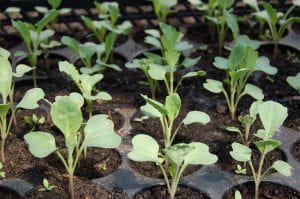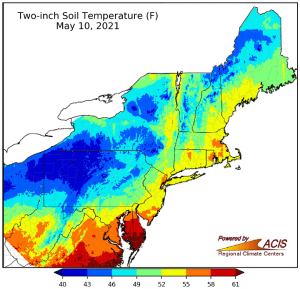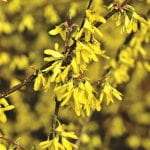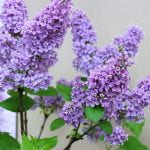August 2021
Garden Maintenance
-
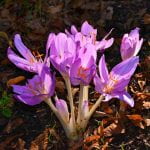
Autumn Crocus (Colchicum spp.) Install pollinator hotels for tunnel nesting bees.
- For some small color, plant some autumn crocus.
- Deadhead annuals and perennials regularly too encourage new blooms.
- When it comes to lawn care—do less: mow less, limit watering, live with some weeds,
- Consider adding some herbs to you perennial flower garden.
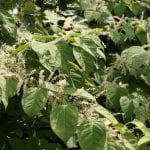
Invasive Japanese Knotweed
Webinar: Gardening with Herbs – Cornell Cooperative Extension Chemung County
- Remove invasive species from your yard.
- Don’t be too tidy—leave some flower heads and stalks for birds and other over-wintering pollinators.
Pest Watch
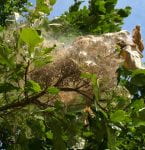
- Remove fall webworm nests.
- Keep pests out of your home this fall!
Webinar: Keeping Pests Out of Your Home this Fall: From Stink Bugs to Mice – NYS IPM
- Scout your lawn for grubs—before you treat!!
VIDEO: Using IPM to Assess Your Lawn for White Grubs – NYS IPM
- Dump out any standing water from containers in your yard to prevent mosquito breeding.
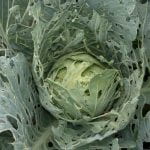
How to Manage Mosquitoes in the Landscape – New York State Integrated Pest Management
- Scout often for pest in your vegetable garden.
What Kind of Insect is Destroying my Plants?– Gardening in Orange County New York Blog
Vegetable Gardening
- Rejuvenate your soil by planting a fall cover crop such as barley or clover.

Webinar: Cover Crops for the Home Garden – Cornell Cooperative Extension Tompkins County
- Conserve water by knowing when and how to water your garden.
- Seed and transplant crops for an autumn harvest.
- Continue to remove weeds, as they compete with your garden plants for water, sunlight, and space.
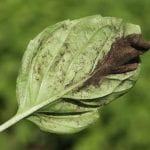
- Monitor you basil plants for basil downy mildew.
- Monitor you cucurbit plants for cucurbit downy mildew.
- Preserve your bounty.
Webinars: Food Preservation – Cornell Cooperative Extension Tompkins County
Happy Gardening!


